Is it possible to innovate without growing the population?
Between 2019 and 2023, the population of California declined by 470,000 over 4 years, or 117,500 people per year.
That's the equivalent of losing Santa Fe, Boulder, or Asheville — every single year. Over four years, that’s equivalent to losing Honolulu or Omaha. That’s more casualties than Ukraine has experienced in its war with Russia.
And yet, over the same period, the GDP of California exploded from $2.96 trillion to $3.23 trillion. California lost 1.19% of its population, but it gained 9.12% in GDP. There are a few possibilities:
The economy of California is fake, and the numbers are a scam perpetrated by the DemonRats.
The population of California is still growing due to immigration, but the population of non-citizens isn’t being accurately counted.
The people leaving California were valuable, but the economy of California is so dynamic, inventive, and innovative, that it overcame this disability and pushed growth forward.
The people leaving California were “economic dead weight,” who produced very little and didn’t matter to the economy.
Ignoring the possibility of fake GDP numbers, the second and third option allow us to maintain a belief in the supremacy of population growth. To seriously challenge the Iron Law of Natalism, we have to go back to the Black Plague.
The Black Plague
In 1346, the Black Plague hit Europe. I will reference numbers for Italy, since it was one of the largest and richest economies in Europe, and relatively dependent on international trade, much like America today.

Between 1340 and 1360, the worst years of the plague, Italian GDP per capita increased, even while total GDP decreased.
The Black Plague had a positive effect on GDP per capita. Killing 10-30% of the population made the survivors richer. Between 1340 and 1430, GDP per capita increased by approximately 25%. The fall-off after 1430 could largely be explained by a shift in global trade away from Italy and toward Portugal, Spain, France, and England. This was precipitated by the Byzantine Crisis, where the Ottoman Muslims were ravaging the Balkans and the traditional Italian trade routes.

Real wages also rose between 1300 and 1450, especially during the Black Plague. Wages in Italy between 1360 and 1450 were higher than any major European country (except for Holland) until the 1800s in England.

The Plague Century (1350 to 1450) was the best time in history to be a worker in the history of civilization. It was only surpassed during the industrial century (1850 to 1950). Is it just a coincidence that these two centuries were also the most dynamic, inventive, and adventurous?
Labor Scarcity Drives Innovation.
As labor becomes more scarce, demand for time-saving devices increases to compensate for increasing labor costs. As real wages rise, inventors have more disposable income and time to spend on research and development. Everything that was needed for the European colonization of the Americas (astrolabes, clocks, compasses, caravel ships) was invented between 1300 and 1450, at a time when Europe was in a “population recession.”
One possible counter-argument is that the population “recession” actually increased fertility. As the death rate increased, the birth rate increased with it in order to compensate for the loss in population, leading to a “baby boom.” The result was that the population pyramid of Europe was much younger following the Black Plague. This is an interesting argument. Maybe the extinction of old people would lead to a boom in innovation, as it would represent a massive wealth transfer from the old to the young.
The Italian economy was already undergoing a massive economic contraction between 1310 and 1340, before the Black Plague ever occurred. The Italian economy didn’t fully recover until 1710, 300 years later. Again, not all of this can be blamed on the Black Plague, since the Italian economy encountered structural issues. The decline of their Byzantine trading partners was disruptive. The rise of Islamic piracy in the Mediterranean remained a significant issue until the 1830s, when the French were finally able to pacify Algeria.
The Black Plague had a neutral or even positive effect on the average Italian (who survived), and this tendency was also true in England and in the Netherlands.
Real Estate Prices

Between 1350 and 1450, there was a 17% decline in “elite land ownership.” This meant that former peasants were able to buy land from nobles and establish their own independent farms (yeoman farms). This didn’t reduce wealth inequality in absolute terms, since during this period, trade and early capitalism still allowed the wealthy to benefit disproportionately. But the rise in mortality freed up land for purchase, and this was beneficial for the yeoman class.
This shift was “sticky” in that it took the wealthy 200 years to buy back all the land that they lost in the Black Plague. Once peasants got a hold of land, they didn’t want to let it go. It was in this context that Machiavelli writes in the Prince and his Dialogues about the importance of winning the “people,” by which he is referring to the mass of yeoman farmers created during the Black Plague. With economic independence came political and religious pressure for reform. This was especially true in the case of John Ball of England or Jan Hus of Bohemia. It was during this period that the concept of a “Free Mason” arose out of the independence and prosperity of a non-aristocratic “middle class.”

The Italian population didn’t recover from the Black Plague until 1600. But Italy still made significant technological advances during this period, even if quantitatively, GDP had not recovered.
In 1348, at the height of the Black Plague, Giovanni Dondi dall'Orologio began construction of his Astrarium, which was completed in 1364. Innovation and GDP are related, but innovation is not determined by GDP, or by population growth.
One could argue that Italians would have produced more inventions, and at a more rapid pace, if the Black Plague never happened. Since it took more than 200 years to recover lost population and GDP, we could imagine that the Industrial Revolution would have begun in 1571 rather than 1771.
But we cannot say, using this simple arithmetic adjustment, that Columbus would have discovered America in 1292 rather than 1492. The instigation for the explorations of Columbus had more to do with geopolitical and military developments than a pure function of GDP or population, beginning with the Portuguese conquest of Ceuta in 1415. It was the success of the Ottomans in conquering Constantinople in 1453 which impelled Europeans to find alternative trade routes.
In the modern day, the best way to reproduce the effects of the Black Plague would be to cut Social Security, maximize transgender ideology, colonize Antarctica, and go to war with China.
the decline of human capital.
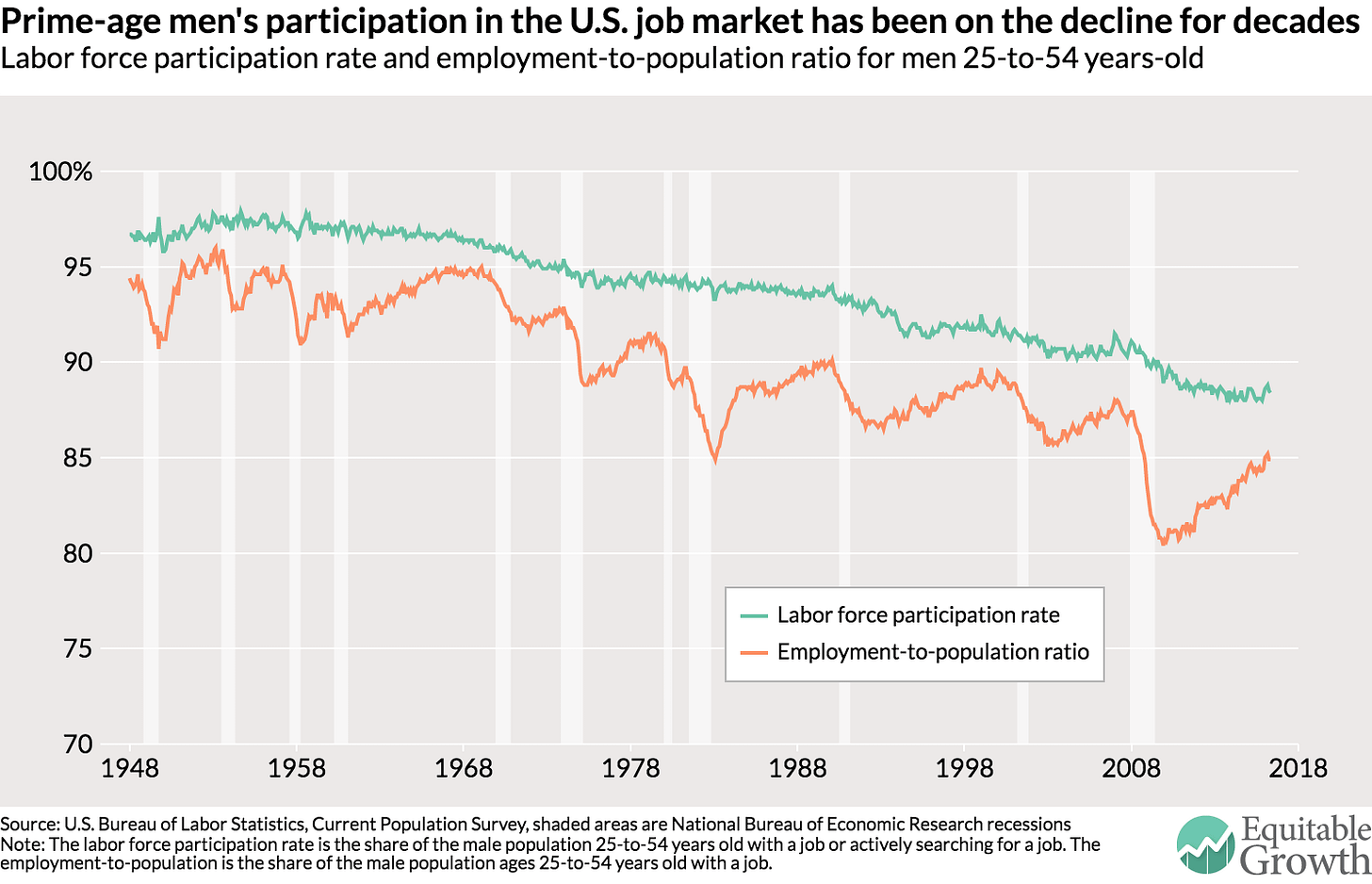
Four the last 60 years, feminism has been covering up a dirty secret: male employment has been falling. And since 1987, the employment rate of young men has fallen even faster, as seniors make up a larger percentage of the workforce. There are a few possible explanations:
Automation and immigration: robots and Mexicans are taking low-skilled jobs. For people with an IQ under 90, this means there aren’t enough available jobs to go around.
Welfare: With homeless shelters, food stamps, Section-8, and other government benefits, there isn’t as much of an existential risk associated with unemployment. As a result, men who lack ambition are dropping out of the job market, because a job is no longer necessary for physical survival.
Declining health: As chronic disabilities increase (like obesity, drug abuse, mental illness), the percentage of Americans who are physically or emotionally unable to work has increased. This corresponds with the military’s assessment that a growing number of Americans are unfit to serve in the military.
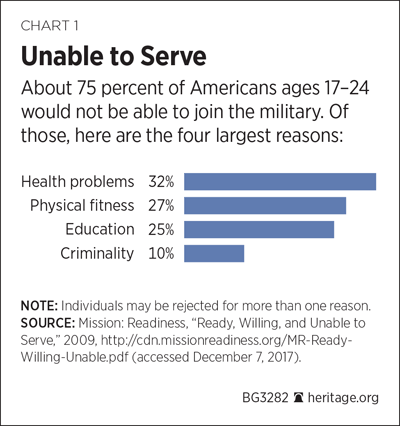
32% of female applicants and 17% of male applicants were rejected from the military, in part, due to their poor mental health. This is hidden within the category of “health problems.” Are these rejects capable of holding down a job in civilian life? Probably not a very good one.
Even within the military, obesity has more than doubled in 20 years. In the Marine Corps, obesity has tripled. The military has significantly relaxed its standards, and still has to deny more applicants than ever, due to increasing drug use, mental illness, obesity, and other physical disabilities.
Despite the advantages of increasing education, American human capital is decreasing.
The foundation of human invention is not population — otherwise Africa would invent everything, and India would be just as important as China. It’s also not GDP, because Korea produces far more patents per year than Africa, despite having a much smaller GDP.
Human capital is the foundation of invention. If GDP or population increases, but human capital decreases, then human innovation will also decrease.
The Black Plague did not decrease European innovation: it increased it. The Black Plague improved European human capital. The Black Plague did not kill humans at random, but killed those with the weakest immune systems and the poorest nutrition and sanitation. The effect of the Black Plague was to remove the least healthy members of society, and to leave behind the most healthy. The brain is a physical organ, and selection for health is selection for intelligence.
McGenics is a voluntary process by which human capital is improved over time. Natalism is a disruption of McGenic processes, and as a result, it prolongs downward trends in human capital.
The Axis of Negation
Why isn’t India more influential in world affairs than Russia? The answer lies in the axis of negation.
The axis of negation is the tipping point or threshold of intelligence where a human being becomes a net economic drain rather than a net economic benefit. Countries which exist below this axis will spend more time managing their internal problems (terrorism, crime, disorder, sanitation, polarization, civil unrest) than exerting external influence or inventing new technologies.
The average Russian is above the axis, at an IQ of 96. But what is the point at which a country is no longer able to exert influence at a global scale?

According to the Danish Finance Ministry, MENAPT immigrants are a net drain on the economy during every single year of their lives. This means that these immigrants take out more from the federal budget in terms of welfare, public housing, healthcare, education, and congestion costs than they put in via taxes.
Individual corporations still benefit from immigration, because immigration drives down wages. The benefit to corporations is concentrated, and the drain on society is distributed. European immigration is a tragedy of the commons. This is not as true in America, because most illegal immigrants do not have the same level of access to welfare as American citizens (although they do have some access, and there are disagreements about how costly this is).
According to Sebjenseb, among MENAPT immigrants, the highest IQ is 90 (Turkey), and the lowest is 71 (Pakistan). It is reasonable to assume that the axis of negation is somewhere between these two numbers.
It is also possible that these national IQ scores differ from the IQ scores of these immigrant groups slightly, either due to education, selective effects, or nutritional effects:
Selection: Turkish immigrants might be a selected population with a slightly higher average IQ than the average Turkish citizen. This is because migration is a behavior correlated with ambitiousness, upward mobility, existing resources, openness, adventurousness, and intelligence.
Nutrition: It is possible that the Turkish diet is inferior to western diets, and that when Turkish immigrants move west, their diet improves and their IQ increases.
Education: It is possible that, once Turkish immigrants are exposed to western education, their test-taking ability will improve due to the advantages of the western schooling system.
Taking these factors into account, it is possible that Turkish immigrants in the west will have a higher average IQ when compared to Turkish citizens. Still, the MENAPT population is not solely Turkish. Even with upward pressure due to selection, nutrition, and education, the MENAPT IQ is likely to be under 85.
The theory of economic negation states that, below a certain threshold of IQ, increases in population will not result in increased innovation. Even though there will be more total geniuses in absolute terms, these geniuses will be preoccupied with solving the problems created by the net-negative budgetary impact of low IQ individuals.
Ethnocentric Natalism is still bad:
Some natalists recognize the problem of immigration and its suppressive effects on innovation. However, they continue to insist that natalism is good, so long as immigration is restricted. But this is not true.
Natalism, by definition, is the promotion of childbirth by altering conditions, such that those who would remain childless, or have less children, are induced to have more children. If natalism caused only intelligent women to have more children, or if it affected every woman equally, then it would not negatively impact the IQ of the population. However, if natalism affects low IQ women more than high IQ women, then it will almost certainly have a negative impact, and it will suppress innovation.
In the last 20 years, marital rates have reversed. Poor women have declined 14%, and rich women have increased nearly 10% in marital rates. By 2040, we should expect all other female income groups to marry at a rate below 50%, but rich women will marry at a rate above 70%.

The decline in fertility between 2006 and 2019 was isolated to unmarried women. Married women saw no decline in fertility at all. This implies that as marital rates for rich women continue to increase, their fertility will remain “protected,” while the fertility rates for all other women will continue to decrease.
Natalists generally attempt to increase birth rates by offering economic incentives. They promote:
Cheap housing for families;
More time off for parents;
Free childcare;
Tax benefits for married couples;
Universal basic income for parents;
Giving people cash to pump out babies.
All of this is dysgenic and will decrease the quality of human capital in societies which implement these policies. The following policies would be far better for innovation:
A federal property tax on land;
Taxing childcare services;
Taxing marriage;
UBI for sterilization;
Introducing a child tax;
Reducing welfare payments to mothers;
Free abortions, vasectomies, sterilizations, and contraceptives.
All of these policies would dramatically reduce childbirth for middle and lower income women, but would affect rich women at a lower rate. It is true that this would accelerate the aging of the population, but this is a transition which will inevitably occur, even if natalists waste billions of dollars (and our collective genetic health) trying to stop it.
Demographic transition.
It is true that, in the short term, low birth rates result in an aging population. This aging population is a net-negative on the economy. According to the Danish Finance Ministry, all citizens, immigrant or native, are a net drain on the economy after age 70.
However, promoting dysgenic fertility in response to an aging population replaces a temporary problem with a permanent problem.

Aging suppresses innovation. In 2005, seniors accounted for 14% of spending. In 2022, they accounted for 22% of spending. At this rate, by 2040, seniors will account for more than 30% of total spending. An economy dominated by seniors is not a dynamic, innovative, or creative economy.
However, an economy dominated by third world immigration is also not dynamic, innovative, or creative. Encouraging and amplifying existing dysgenic trends among native populations is also not likely to produce invention. Idiocracy is going to drag the west down below the axis of negation. Aging is a voluntary and temporary moral problem, not a genetic or cultural struggle.
Instead of working on biotech or AI, the axis of negation will force geniuses to waste their time on preventing crime, civil unrest, and terrorism. We will have to move all energy infrastructure underground to prevent the power lines from being stripped for copper. Lower intelligence means less stability and more chaos. Stupidity is a sponge which sucks up genius and renders it useless.
Natalism has diminishing returns.
Natalists will spend billions of dollars promoting a higher birth rate. This will provide a temporary boost, and then the downward trend will overwhelm the bump as spending hits diminishing returns and hard budgetary limits. The result will be a dumber population with unsustainably low birth rates.
Once the mistake is realized, the benefits will be “sticky” and irreversible. It is better to let nature take its course without wasting billions on ineffective policies.
In this model, extraordinary financial intervention is able to boost the birth rate of the poorest Americans. However, eventually, the money runs out, or the programs reach diminishing returns, and the birth rate begins to fall again. Natalism, in this case, does not achieve sustainable birth rates, but only delays the inevitable. Natalism increases the breeding of poor, irresponsible, self-destructive idiots, who otherwise would not have had children without government bribes.
Instead of natalism, the state should encourage anti-natalism as much as possible, while simultaneously defunding Social Security. This will subject millions of elderly people to poverty, but it will not result in dysgenics. Eventually, around 2108, fertility will begin to increase again due to the heritability of fertility. By 2171, the fertility of the “transmaxed” population would be higher than the “natalist” population. This is because artificially propping up fertility with cash incentives delays (or even reverses) selection for fertility.
Natalists continue to focus on the environmental causes of low fertility, without recognizing or admitting that there are underlying genetic causes. Just as humanity is becoming dumber, fatter, and less healthy, we are also becoming less fertile. The only solution is to allow the selection to take place and self-correct. Trying to prevent selection from taking place is wasteful, ineffective, and prolongs the problem.
The underlying genetics behind fertility are obscure, but can be discovered with scientific advancement. Instead of wasting billions of dollars promoting the fertility of the least fit, that money should be spent on genetic research. Once the genes for high fertility are discovered, genetic therapy could be introduced for highly intelligent populations to increase their fertility.
Religion and natalism.
Christians argue that fertility is not a genetic problem, but a spiritual one. God commands us to be fruitful and multiply, and no amount of genetic predisposition can make up for disobedience to God’s law. Atheists will always fall short, and only through Christ can we live harmonious and sustainable lives.
It is possible that religion plays a powerful role in fertility, and that secular and nihilistic beliefs will always suppress fertility, no matter the underlying genetics. If this is true, “transmaxing” the population will help religious people win the demographic battle even faster, because they will be the most resilient to anti-natalist policies. In this sense, religious people should see anti-natalists as their greatest allies. On the other hand, natalist policies will disproportionately aid secular nihilists, which religious people should oppose.
Revelation 3:15-1: I would thou wert cold or hot
Transmaxers and hardcore Calvinists have a common cause in allowing the fruitful to inherit the Earth. It is lukewarm and ecumenical Christians who are the problem, like JD Vance the Catholic convert with his “unequally yoked” Hindu wife. He wants to promote the birth rate of everyone, even the unfaithful.
Mass immigration would be better.
From the perspective of globalism, mass immigration is better than natalism. This requires that we look at the effects of natalism and immigration on world IQ.
According to Sebjenseb, the world IQ is 85.6, weighed by population. How will mass immigration impact world IQ?
One model sees migration as a “pressure release.” In the Pressure Release Model, as migrants leave their home countries (Mexico, China, and India), they leave “more space” for fertility at home. In the Pressure Release Model, by allowing migrants to leave their home countries, they increase the fertility of those who are left behind.
This model sounds plausible, since mass emigration from Mexico, India, and China does increase the availability of housing and remittances. But this assumes that wealth increases fertility, when there is no evidence for this.
Another model examines the impact of wealth on fertility. I will call this the “Vacuum Model.” The intra-country and inter-country effects of wealth on fertility are distinct. Between different countries, wealthier countries tend to have lower fertility than poorer countries. However, within developed countries, wealthier individuals within a country are trending upward in fertility over time, while poorer individuals are trending downward. This hasn’t traditionally been true, and isn’t true in the developing world, but this is the pattern that is starting to emerge in countries like Norway. Wealthy men have more kids.
There is no country where mass immigration has resulted in a discernible boost in TFR for the “home” country. There is no immigrant group where travel to the west has increased their TFR over time. In every group studied, TFR always drops.
While the Pressure Release Model appeals sounds plausible, it fails on inspection. The Vacuum Model is backed up by data. Mass immigration of any group (African, Asian, Mexican) will reduce that group’s TFR.1 Mass immigration lowers the TFR of Mexicans in Mexico, and it also reduces the TFR of Mexicans in America. Win-win.
Furthermore, mass immigration lowers the fertility of poor Americans by surrounding them with diversity and increasing their housing prices.2
From this perspective, mass immigration is defensible from a global IQ perspective. Still, it would lower the IQ of the United States below the axis of negation and inhibit future innovation, and is therefore not desirable.
However, natalism is never defensible under any reasonable circumstance. Natalism always raises the fertility of the least productive groups, while it has little-to-no effect on the most productive groups.
If ethnocentric natalism was paired with some kind of global nuclear war against the third world, it might be justifiable in terms of raising global intelligence. But that is unreasonable and unlikely. Comparing the natalist right and the open-borders transmaxing left, the left is better for global IQ.
Given the choice between immigration and natalism, natalism is politically and culturally preferable for the state in the short term. But from a global perspective, immigration has salubrious effects on fertility and human capital, while natalism has none. The best option would be neither natalism nor immigration.
The Exigency of Negation.
Not all forms of economic negation have equal exigency. If one million old people are connected to feeding tubes, and this costs the state $10 billion per year, this is bad. However, if one million criminals go around stripping power lines of their copper, this is much worse, even if the net economic loss is also $10 billion.
This is due to the variability of triage. During a war, it would be possible to cut the cord on medical care for seniors to devote more effort to an existential threat. However, during a war, it is not as easy to “cut the cord” on criminals, or stupid people, or populist political groups.
Millions of old people will drain the budget and suppress innovation. This is a problem, but natalism doesn’t avoid it — it just kicks the can down the road, and substitutes it for a worse problem (populist idiocracy).
Theoretically, it is possible to cruelly ignore the suffering of old people and let them die, or voluntarily allow them to choose euthanasia. This is not moral in a Christian or populist worldview, but it is logistically possible. However, breeding an entire generation of criminals and idiots with natalist policies creates an underclass of Helots who will demand ever greater socialism. They will vote for free stuff, and they will support autocrats, criminals, scam artists, and cult leaders. Stupid people will destroy democracy. Old people will just burden us with what has been.
In terms of political stability, it is preferable to have millions of old people dying in hospitals than to have a class of young idiots roaming the streets, voting for populist candidates.
Conclusion.
Natalism is the worst of all possible worlds. If a natalist policy is “successful,” it wastes significant resources in order to promote the breeding of the stupidest and laziest people. But there has never been a successful natalist policy, stretching back to ancient Rome. It is a lost cause.
An aging population is a temporary problem. The faster we can “rip the band-aid off” and reach “minimal” fertility, the faster high-fertility populations (religious, Amish, Orthodox, Fundamentalist) will “bounce back” and re-form the population pyramid with a healthy genetic foundation.
The most aggressive forms of natalism will only succeed in boosting the birth rates of the worst possible humans: nihilistic, selfish, lazy, and dumb. When combined with mass immigration, it will help accelerate the death of the west. Whites-only natalism is a pipe dream of schizophrenics. Even if it were possible (in Estonia, or something), it would still not be desirable. Natalism is always dysgenic.
Black Plague created a “population recession.” This dramatically reduced the price of food and land, and helped to grow a proto-capitalist middle class. This correlated with the dissemination of the compass, clock, astrolabe, and caravel ship, the tools of the Age of Exploration.
From 1415 to 1492, European population and GDP had still not recovered to the heights of 1340. Despite the fact that European populations and economies were smaller in 1415 than 1340, they were more inventive, adventurous, and explorative. The Black Plague was a “cut” of the least healthy members of society, and resulted in a mass redistribution of wealth to the survivors. This created the conditions for innovation: not high populations or total GDP.
In the best possible scenario, a trans-occupied government will aggressively tax childbirth, plummeting the birth rate as quickly as possible. This will provide the maximum selective pressure on fertility, and “rip off the band-aid” to ensure that only the most resilient populations reproduce. At that point, humanity will finally begin to heal from the demographic transition. The resulting populations will be genetically inoculated against the causes of low fertility (biological, psychological, or spiritual), and will no longer require expensive and inefficient government programs to perpetuate humanity.
If Sebjenseb is correct, and fertility is partially genetic, then aggressively amplifying existing anti-natal trends will reveal the fittest populations as quickly as possible. Rather than delaying this process of selection, and kicking the can down the road, we owe it to our future generations to say, “the buck stops here.”
The only exception might be Europeans, who have a lower TFR in Europe and a higher TFR in America, although the numbers are so close it’s hard to say for sure.




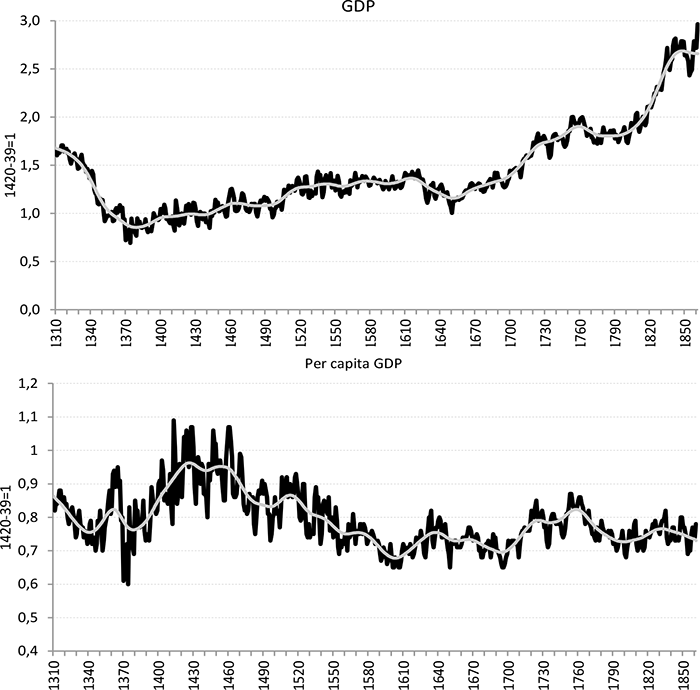

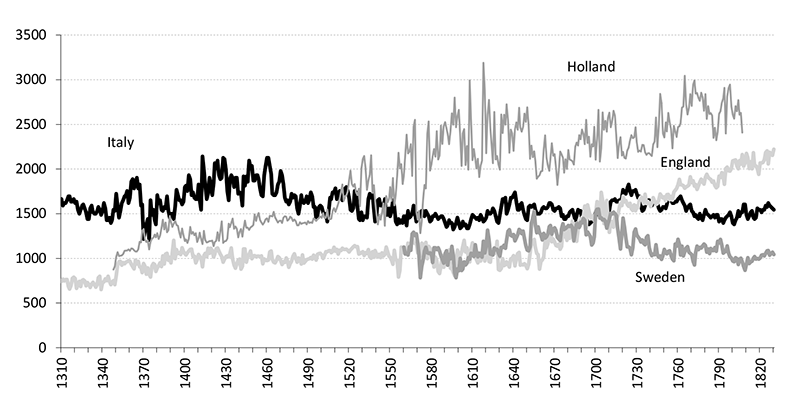



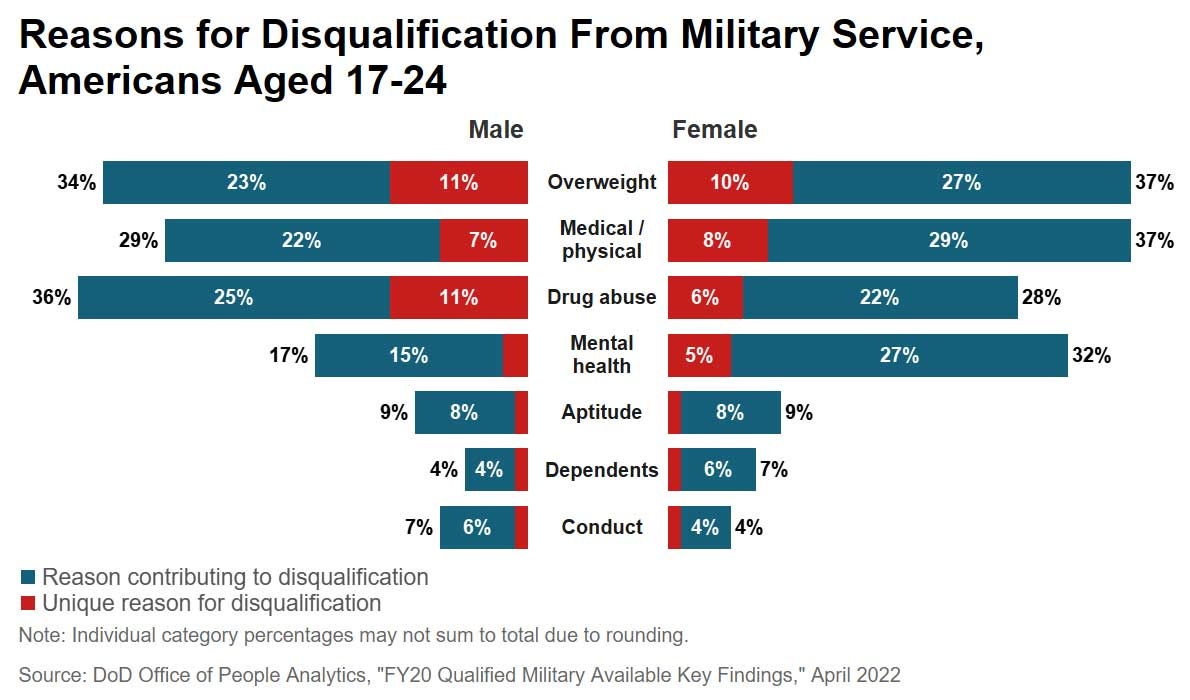



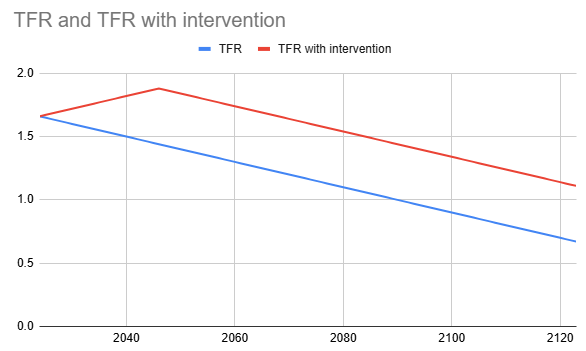




Agree. Even on a practical level, fertility boosting policies implemented in countries like Poland and Hungary have been shown to have modest effects despite the enormous costs involved.
My own position is that people who want to have lots of kids should have them and people who don't shouldn't. I'm not actively anti-natalist but I do think as mass automation starts to kick in there will be fewer jobs and we won't need as many workers. I agree that demographic decline is only a short term problem and will correct itself over the long term.
On a moral level, obviously I don't approve of abortion or euthanasia. However, I also tend towards the position that if people wish to abort their kids or euthanise their elderly, I can't really stop them. If the secularists wish to kill off their family members and sink deeper into demographic decline then so be it. They can leave the resources for the fertile religious who are left behind.
Just started reading this, havent reached the end yet, but it seems worthy to bring up that the price of housing goes into the GDP calculation. Increasing in the valuation of homes from a variety of reasons (including speculation) inflates GDP numbers, even after adjusting for inflation.